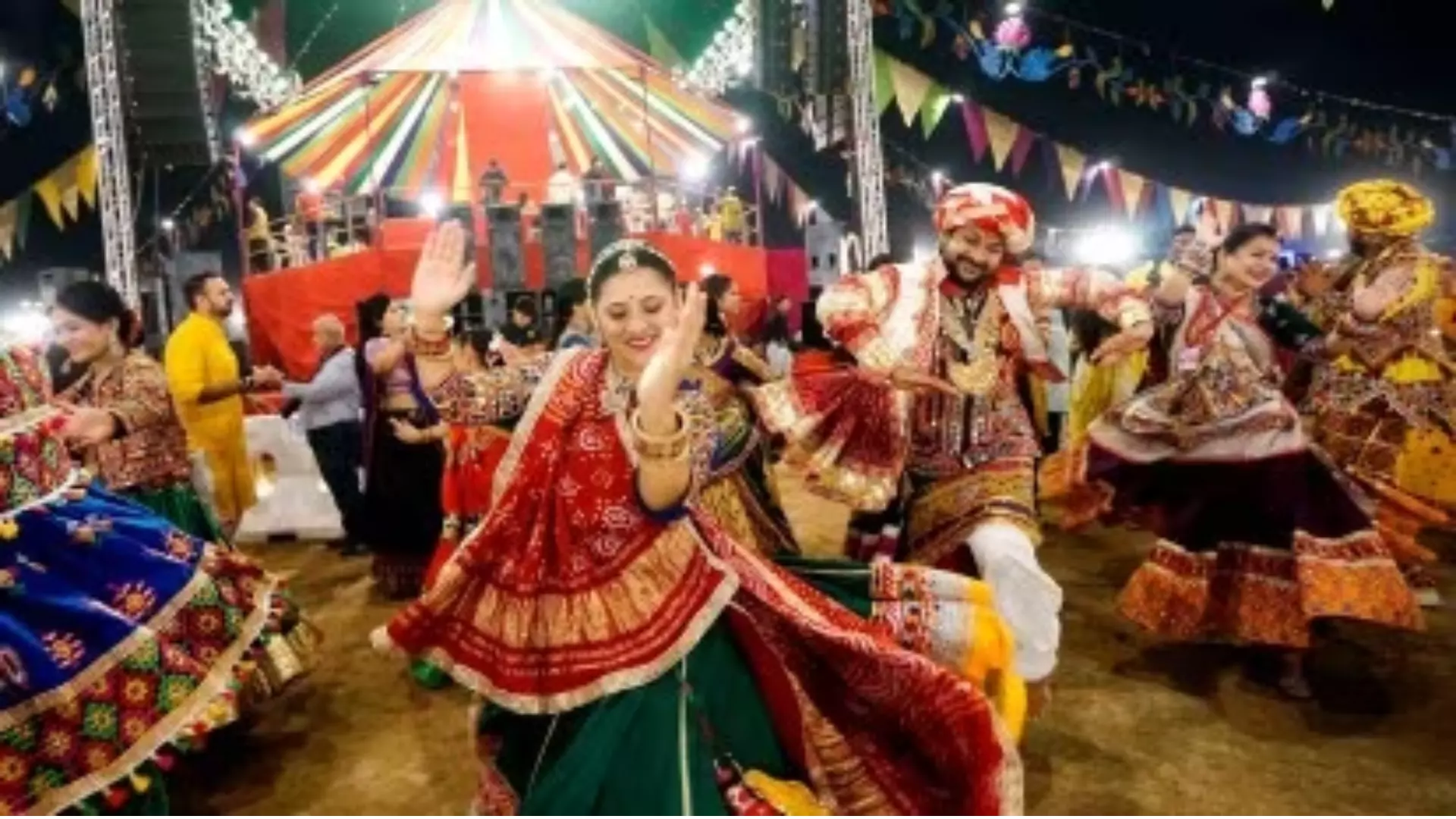
The United Nations Educational, Scientific and Cultural Organization (UNESCO) has officially recognized garba, Gujarat’s most popular folk dance form, as an element of intangible cultural heritage. This prestigious designation was announced on Wednesday, December 7th, 2023, during the 18th session of the UNESCO’s Intergovernmental Committee for Safeguarding of Intangible Cultural Heritage held in the Republic of Botswana.
A Celebration of the Feminine Divine
Garba is a vibrant and energetic dance typically performed during Navratri, a nine-day Hindu festival dedicated to the worship of the feminine divine. The dance is characterized by its circular formation, symbolizing the cyclical nature of time and the womb of creation. Traditionally, garba is led by women and involves rhythmic clapping and intricate footwork. It is a joyous celebration that transcends social and religious barriers, bringing people together in a spirit of unity and devotion.
A Collaborative Effort
The Indian government, in collaboration with the Gujarat government, submitted the nomination for garba’s inscription to UNESCO. Professor Parul Shah, a renowned dancer and choreographer, played a key role in preparing the dossier that convinced the committee. She emphasized the inclusive nature of garba, highlighting its ability to unite people from diverse backgrounds.
A Boost for Tourism
This inscription is expected to significantly boost tourism activities in Gujarat. Navratri is already considered the world’s longest dance festival, and UNESCO’s recognition is likely to attract even more visitors from India and abroad. The state government is planning to leverage this opportunity to showcase Gujarat’s rich cultural heritage and promote tourism during the festival.
A Moment of Pride
Chief Minister Bhupendra Patel and Union Culture Minister G Kisan Reddy both expressed their pride at the inscription of garba. They believe this recognition will further enhance the understanding and appreciation of Indian culture around the world.
Other Indian Elements on the List
This is not the first time UNESCO has recognized India’s rich cultural heritage. Fourteen other elements from India have already been inscribed on the organization’s representative list of intangible cultural heritage. These include Ramlila, yoga, vedic chanting, Kutiyattam, Ramman, Mudiyettu, Kalbelia folk songs and dances, Chhau dance, Buddhist chanting of Ladakh, Sankirtana, traditional brass and copper craft of utensil making in Punjab, Nawrouz, Kumbh Mela and Durga Puja in Kolkata.
A Legacy for Future Generations
The inscription of garba as intangible cultural heritage ensures that this unique tradition will be preserved for generations to come. It serves as a reminder of India’s diverse and vibrant cultural tapestry and strengthens the country’s identity on the international stage.
